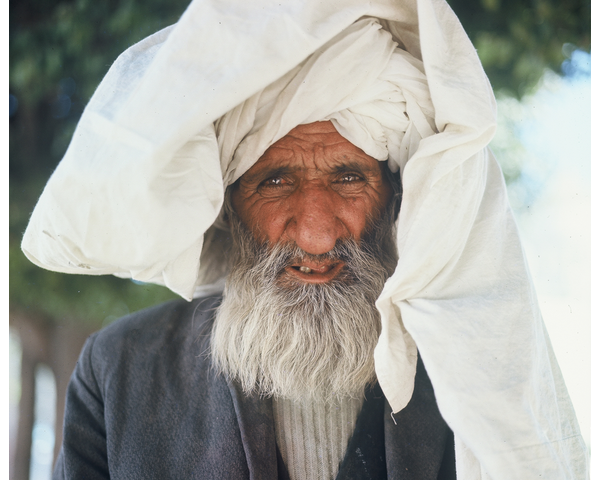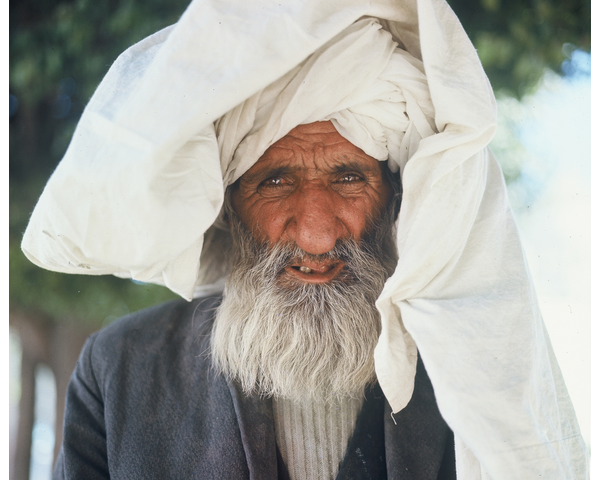The current state of the war in Afghanistan is a hot debate on Capitol Hill.
The future of Afghanistan is held in the hands of the United States. The people living amongst the terror and torture in their country have been succumbed to leaving their futures readily disposable to the decision of the US. In turn, the US has already made the irreversible decision to entangle itself in Afghanistan, calling to assist the state with American and international forces, because the peoples deserve a true functioning nation. [ref] Bojan Petrovic, Afghanistan: The Political History of a Buffer State, Kendall Hunt Pub, 2010. [/ref] However, this can prove difficult because over fifty percent of the population in America and sixty to seventy percent of the population in Europe believe the troops should go home. [ref] Ahmed Rashid, “Prospects for Peace in Afghanistan,” Asian Affairs, XLI.III, 2010. [/ref] Yet the United States walked into a country with a deep rooted culture and history of turmoil, and to walk out of the war now is moving backwards and leaves Afghanistan under the rule of war criminals, worse than when we began in 2001 – and that is the Vendetta.
The US has deployed the COIN (counterinsurgency) method of winning the hearts and minds of the peoples of Afghanistan. The method focuses on the protection, well-being, and support of the Afghan peoples, rather than a military occupation, and to eventually instill a functioning governance upon the country. [ref]David H. Petreaus and James F. Amos, Counterinsurgency, United States Department of the Army Headquarters, 2006.[/ref] The US cannot effectively stabilize the country through any means beyond COIN, as Afghanistan has been characterized by the ability to withstand foreign occupation. [ref]Christophe Pasco, “The Influence of ‘Time’ on Counter-Insurgency,” Defense Studies, 2008.[/ref] The United States must continue with the COIN method, to ultimately become the spearhead for legitimate Afghan governance, necessitated by stripping the Taliban of power and supplemented by boosting the economy.
Afghanistan has been a highly unstable country tainted by violence since the Soviet occupation. The civil war subsequent to the Soviet occupation and the fighting factions led to a situation where the Taliban came to power. The Taliban were highly supported by Pakistan, who saw the Taliban as a protectorate of its visions. [ref]Bojan Petrovic, Afghanistan: The Political History of a Buffer State, Kendall Hunt Pub, 2010.[/ref] Eventually the Taliban gained control of the country in 1996, but because of their affiliation with Al-Qaeda and the atrocity of 9/11, the US has deployed forces in 2001 to ultimately terminate their government, and leave the Taliban fighting to regain power in Afghanistan. [ref]Ahmed Rashid, Descent into Chaos, New York: Penguin Group USA, 2009.[/ref]
In 2007, the war-stricken country was number 174 out of 178 countries on the Human Development Index.[ref]Sultan Barakat and Steven A. Zyck, “Afghanistan’s Insurgency and the Viability of a Political Settlement,” Studies in Conflict and Terrorism, 33.3, 2010.[/ref] Afghanistan lacks the necessary state institutions and human resources inherent in a true nation. The mishaps of superpower intervention have led the Afghanistan to where it is today, from the wreckage of the Soviet occupation to the current efforts of the US today. From a humanitarian perspective, the Afghan civilization is in dire need of the US assistance and the efforts of COIN.
In order for US and NATO forces to be seen as legitimate, the Taliban must be seen as illegitimate. The Taliban must be deprived of their sole power, which is held in the members of the extremist force. The Taliban has grown and been successful in their plight because of their recruitment of Afghans who are looking for salary, a sense of dignity, and a revenge for the civilian deaths.[ref]Ibid.[/ref] The US forces can counter the effect the Taliban has on recruits by promising money, respect, and power to communities which will compel the communities to favor US forces more. This will also empower the communities to deter the insurgents from harming them, seeking to recruit them, and seek refuge in their land.
Pakistan must end its support for sanctuaries of the Taliban in Pakistani lands, and for this the US policy towards Pakistan must change. Pakistan has allowed the Taliban to have sanctuaries in their country, where the Taliban can recoup, gain arms, and train recruits in. [ref]Ahmed Rashid, “Prospects for Peace in Afghanistan,” Asian Affairs, XLI.III 2010.[/ref] The termination of such safe havens could incrementally hurt the Taliban efforts. The US has traditionally sought the assistance of Pakistan for troubles in Afghanistan, and allotted the Pakistanis large amounts of military aid.[ref]Juan Cole, “Pakistan and Afghanistan: Beyond the Taliban,” Political Science Quarterly 124.2, 2009.[/ref] The US must change the perception of the Pakistanis, and assist the country through education, investments, medical aid, and other societal factors to gain the cooperation of the Pakistanis.[ref]Ibid.[/ref] Once the approval and assistance of the Pakistanis is gained and the US perception is configured as more positive, the goal of the removal of the sanctuaries for Taliban can be fulfilled.
The end of Taliban rule must be sustained, and in order to maintain the hearts and minds of the Afghan people, their economy must be bolstered. When Afghanistan can emerge with a self-sufficient economy, the country will gain vastly in legitimacy and civilian satisfaction. The land of Afghanistan can be cultivated as a crossroads for trade of natural resources and can benefit from its regional stance. Creating pipelines and a national railway system can foster lucrative investments from Western countries that will empower the country and create a steady transition to an Afghan government.[ref]Parag Khanna, “From ‘War on Terror’ to ‘New Silk Road,’” New America Foundation, CNN, 7 Oct. 2011.[/ref] The youth of Afghanistan will be more contempt if the economy was better off as well, and would not be susceptible to recruitment into insurgent forces. [ref]Sultan Barakat and Steven A. Zyck, “Afghanistan’s Insurgency and the Viability of a Political Settlement,” Studies in Conflict and Terrorism, 33.3, 2010.[/ref]
To further reinforce the economy, the agriculture sector of Afghanistan must be invested in. The country is overwhelmingly seventy to eighty percent rural, and to build up agriculture would be incredibly beneficial to the majority of peoples.[ref] Ahmed Rashid, “Prospects for Peace in Afghanistan,” Asian Affairs, XLI.III, 2010. [/ref] To do so would be a direct way to cut Taliban power, as fighters would have incentive to go back to their land and cultivate profits instead of fighting.
Take Action:
Sign this petition to support the demands of Afghan Women, which includes protecting women, gays, and other religious minorities from the ruling power of war criminals and religious fanatics.
You can also donate to the Afghan Support Education & Training, an organization that provides education, training, and appropriate aid to the most vulnerable people in Northern Afghanistan.





